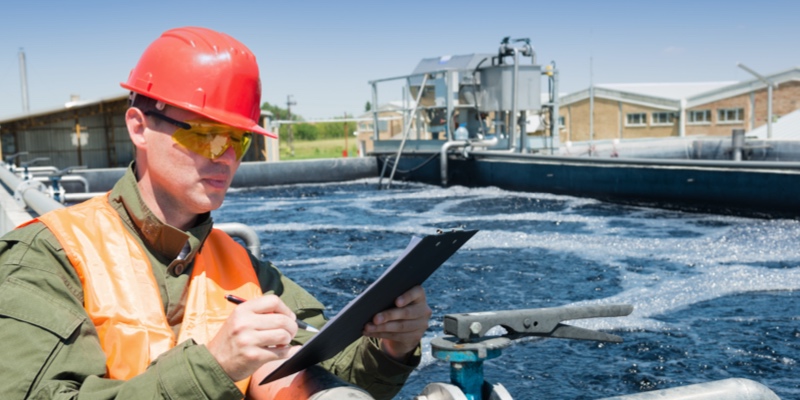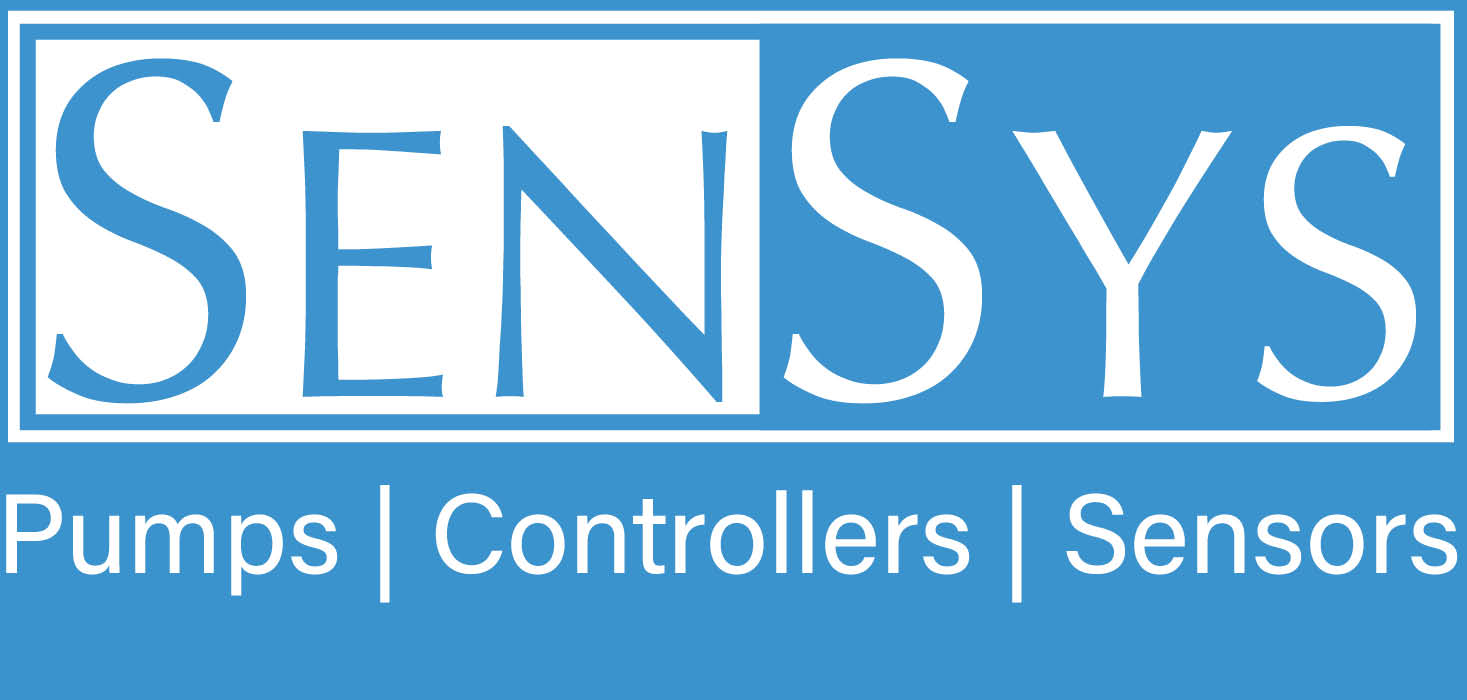
Fluorescent tracing in cooling water systems
Sensys Ltd brings Pyxis products to UK market
Proper water treatment for cooling towers is crucial for several reasons. First and foremost, it helps in minimising costs associated with maintenance and repairs, ensuring the longevity of equipment and preventing corrosion or scaling issues. Additionally, efficient water treatment contributes to maintaining high cooling efficiencies, allowing cooling towers to operate optimally and enhance overall performance.
Moreover, adherence to legal and environmental regulations is a paramount consideration. Water treatment practices ensure that cooling tower operations align with regulatory standards, preventing the release of harmful substances or contaminants into the environment. By prioritising water treatment, businesses can not only optimise the functionality of their cooling towers but also demonstrate responsible and compliant environmental stewardship.Accurately measuring the concentration of treatment chemicals in cooling tower water has been a longstanding challenge, combining technical and economic hurdles. Traditional reagent-based wet chemistry methods are difficult to implement for continuous monitoring in industrial applications, as the active ingredients in treatment products include polymeric scale inhibitors such as AA/AMPS and corrosion inhibitors such as phosphate and triazoles. An alternative approach involves a mass balance method, calculating treatment dosage based on known feed rates and cooling blowdown rates. However, this method has limitations, as it may not truly reflect the dynamic nature of cooling tower chemical processes, and blowdown rates may be unavailable.
In response to these challenges, Nalco has developed a solution utilising fluorescence tracing technology in the form of a fluorescent chemical called PTSA (1,3,6,8-Pyrenetetrasulfonic acid, tetrasodium salt). This chemical serves as a reliable cooling water tracer which meets with stringent industry requirements. What sets it apart is the use of an affordable solid-state sensor, such as Pyxis ST-588 or SP710, which allows real-time monitoring of PTSA concentration. This technology has gained popularity among water treatment service providers worldwide in recent years, with the Pyxis laboratory solutions offering accurate monitoring of PTSA/fluorosene even in turbid water conditions, across wide and varied industries using cooling towers, where the particles are suspended and restrict the transmission of light and give a cloudy and muddy appearance, can use this technology to accurately monitor chemicals in the cooling water systems.
This advancement represents a significant stride in addressing the complexities associated with monitoring and controlling treatment chemicals in cooling systems.
Moreover, adherence to legal and environmental regulations is a paramount consideration. Water treatment practices ensure that cooling tower operations align with regulatory standards, preventing the release of harmful substances or contaminants into the environment. By prioritising water treatment, businesses can not only optimise the functionality of their cooling towers but also demonstrate responsible and compliant environmental stewardship.Accurately measuring the concentration of treatment chemicals in cooling tower water has been a longstanding challenge, combining technical and economic hurdles. Traditional reagent-based wet chemistry methods are difficult to implement for continuous monitoring in industrial applications, as the active ingredients in treatment products include polymeric scale inhibitors such as AA/AMPS and corrosion inhibitors such as phosphate and triazoles. An alternative approach involves a mass balance method, calculating treatment dosage based on known feed rates and cooling blowdown rates. However, this method has limitations, as it may not truly reflect the dynamic nature of cooling tower chemical processes, and blowdown rates may be unavailable.
In response to these challenges, Nalco has developed a solution utilising fluorescence tracing technology in the form of a fluorescent chemical called PTSA (1,3,6,8-Pyrenetetrasulfonic acid, tetrasodium salt). This chemical serves as a reliable cooling water tracer which meets with stringent industry requirements. What sets it apart is the use of an affordable solid-state sensor, such as Pyxis ST-588 or SP710, which allows real-time monitoring of PTSA concentration. This technology has gained popularity among water treatment service providers worldwide in recent years, with the Pyxis laboratory solutions offering accurate monitoring of PTSA/fluorosene even in turbid water conditions, across wide and varied industries using cooling towers, where the particles are suspended and restrict the transmission of light and give a cloudy and muddy appearance, can use this technology to accurately monitor chemicals in the cooling water systems.
This advancement represents a significant stride in addressing the complexities associated with monitoring and controlling treatment chemicals in cooling systems.


